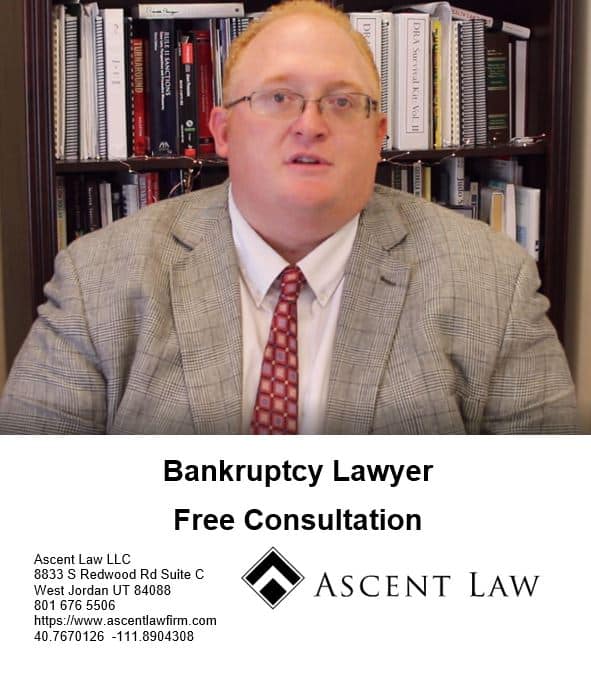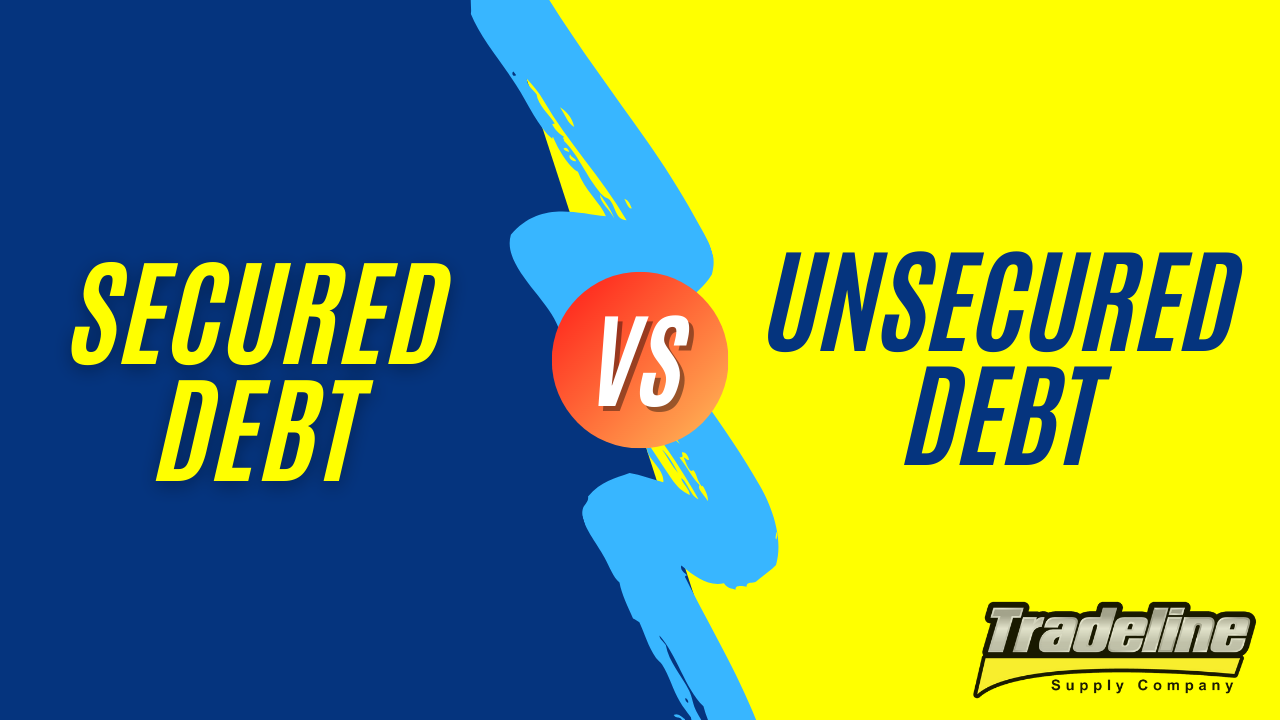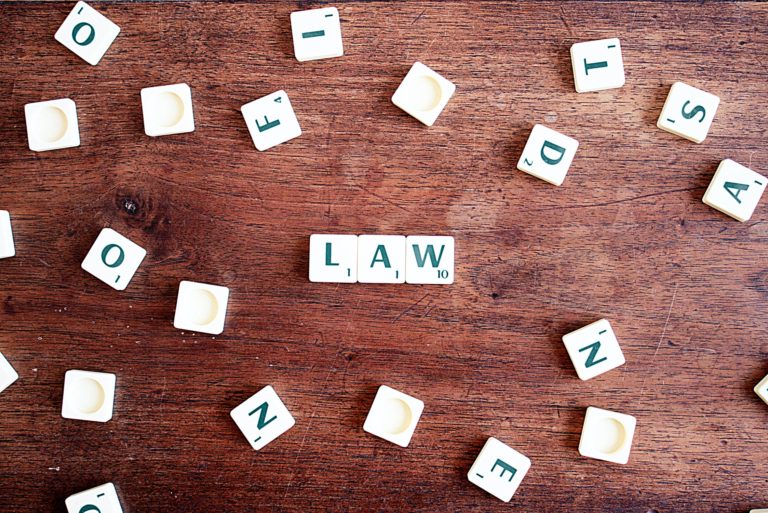Unsecured Debt Limit Chapter 13
Unsecured Debt Limit Chapter 13 - Web unsecured debt limit in chapter 13 bankruptcy: Web previously, a debtor needed to have under $465,275 in noncontingent, liquidated [1] unsecured debt and under $1,395,875 in noncontingent, liquidated secured debt to file under chapter 13. • $1,257,850 in secured debts; Web until today, 11 usc §109 (e) limited the eligibility for chapter 13 proceedings to individuals with unsecured debts of no more than $465,275 and secured debts of no more than $1,395,875. Did you know that there are debt limits in chapter 13 bankruptcy code? (b) a person may be a debtor under chapter. Under sb 3823, debtors no longer are required to limit debts in specific categories as secured and unsecured. $1,395,875 (each time it appears). The new debt limits for chapter 13 are. Web unsecured debt limits in chapter 13 bankruptcy chapter 13 is only available for people who have less than $465,275 in unsecured debts for cases filed between april 1, 2022, and march 31, 2025.
And, • $419,275 in unsecured debts. Section 303(b)—minimum aggregate claims needed for the commencement of an involuntary chapter. See how much you can save. The bankruptcy code under section 109(e)specifies the limits on the highest amount of debt you can reorganize through chapter 13 bankruptcy. One popular option is chapter 13 bankruptcy, which allows debtors to reorganize their debts. Web with a chapter 13 bankruptcy, you get on a structured repayment plan for your unsecured debt and you might be able to keep most of your possessions. Web as of april 1, 2019, chapter 13 debt limits are: The debt limits vary from secured to unsecured debts. Did you know that there are debt limits in chapter 13 bankruptcy code? Get your free online quote!
$1,257,850 these chapter 13 debt limits. One popular option is chapter 13 bankruptcy, which allows debtors to reorganize their debts. When individuals or business entities face financial difficulties and are unable to repay their debts, they may consider filing for bankruptcy. Web the bill also increases for two years the debt limit for individuals filing for bankruptcy under chapter 13 (i.e., the wage earner's plan) and allows both secured and unsecured debt to count towards this single limit. And, • $419,275 in unsecured debts. A filer whose debt exceeds the limitation amounts must file an individual chapter 11 case instead. At the end of the plan, often three to five. Web section 109(e)—debt limits for individual filing bankruptcy under chapter 13: Web the 2020 chapter 13 debt limits under section 109(e) are effective as of april 1, 2019, and are valid for all of 2019, 2020, and 2021. If you're a small business owner, learn about the differences between chapters 11 and 13.
Unsecured debt consolidation loans
$419,275 (each time it appears) $1,257,850 (each time it appears) $465,275 (each time it appears). Therefore, the current chapter 13 debt limits effective for 2020 are as follows: The distinction between secured and unsecured debt. For instance, a mortgage is a secured debt because the loan is backed by the home itself. 3823 increases the chapter 13 debt limit under.
Reduce Unsecured Debt Complete Guide, FAQs & More
When individuals or business entities face financial difficulties and are unable to repay their debts, they may consider filing for bankruptcy. Therefore, the current chapter 13 debt limits effective for 2020 are as follows: Get your free online quote! The debt limits vary from secured to unsecured debts. Web the 2020 chapter 13 debt limits under section 109(e) are effective.
What Is The Unsecured Debt Limit For Chapter 13? John Vitela
Section 303(b)—minimum aggregate claims needed for the commencement of an involuntary chapter. Web as of april 1, 2019, chapter 13 debt limits are: $1,257,850 these chapter 13 debt limits. The bankruptcy code under section 109(e)specifies the limits on the highest amount of debt you can reorganize through chapter 13 bankruptcy. The debt limits vary from secured to unsecured debts.
Secured vs Unsecured Debt Unsecured debt, Debt, Unsecured loans
(b) a person may be a debtor under chapter. Therefore, the current chapter 13 debt limits effective for 2020 are as follows: Get your free online quote! The new debt limits for chapter 13 are. For those who don’t know, secured debts are those that are secured against some form of collateral.
Escaping the Prison of Debt — Nathan Rabin's Happy Place
One popular option is chapter 13 bankruptcy, which allows debtors to reorganize their debts. Web chapter 13 plans are usually three to five years in length and may not exceed five years. Web previously, a debtor needed to have under $465,275 in noncontingent, liquidated [1] unsecured debt and under $1,395,875 in noncontingent, liquidated secured debt to file under chapter 13..
Did you know that there are debt limits in chapter 13 bankruptcy code? When individuals or business entities face financial difficulties and are unable to repay their debts, they may consider filing for bankruptcy. Web most people who file for chapter 13 can reduce only general unsecured claims, such as credit card balances, medical bills, and personal loans, although some.
Secured vs. Unsecured Debt Tradeline Supply Company, LLC
This increases the current unsecured limit by $25,00.00 and increases the current secured limit by $138,025.00 which is excellent for future chapter 13. 3823 increases the chapter 13 debt limit under 109 (e) to $2.75 million, and allows both secured and unsecured debt to count towards this single limit. Web (a) notwithstanding any other provision of this section, only a.
The Difference Between Secured and Unsecured Debt
Car loans are also secured debts. Web unsecured debt limit in chapter 13 bankruptcy: For instance, a mortgage is a secured debt because the loan is backed by the home itself. Web as of april 2019, in order to be eligible to file for a chapter 13 bankruptcy (for individuals only), you must owe less than $1,257,850 in liquidated, noncontingent.
Secured and Unsecured Debt Limitations Under Chapter 13
For instance, a mortgage is a secured debt because the loan is backed by the home itself. Web as of april 1, 2022: The new debt limits for chapter 13 are. (b) a person may be a debtor under chapter. Section 303(b)—minimum aggregate claims needed for the commencement of an involuntary chapter.
Chapter 13 Bankruptcy Debt Limits Steiner Law Group
Most people avoid filing for chapter. Web section 109(e)—debt limits for individual filing bankruptcy under chapter 13: Car loans are also secured debts. Get your free online quote! For those who don’t know, secured debts are those that are secured against some form of collateral.
The Bankruptcy Code Under Section 109(E)Specifies The Limits On The Highest Amount Of Debt You Can Reorganize Through Chapter 13 Bankruptcy.
One lower monthly payment & no upfront fees. This increases the current unsecured limit by $25,00.00 and increases the current secured limit by $138,025.00 which is excellent for future chapter 13. The new debt limits for chapter 13 are. For those who don’t know, secured debts are those that are secured against some form of collateral.
When Individuals Or Business Entities Face Financial Difficulties And Are Unable To Repay Their Debts, They May Consider Filing For Bankruptcy.
One popular option is chapter 13 bankruptcy, which allows debtors to reorganize their debts. Web chapter 13 plans are usually three to five years in length and may not exceed five years. Web as of april 1, 2019, chapter 13 debt limits are: Web the bankruptcy code sets specific limits on the amount of unsecured and secured debt that someone can have and still qualify for a chapter 13 bankruptcy.
Web With A Chapter 13 Bankruptcy, You Get On A Structured Repayment Plan For Your Unsecured Debt And You Might Be Able To Keep Most Of Your Possessions.
Ad check today to see if you qualify for debt consolidation. The debt limits vary from secured to unsecured debts. Web until today, 11 usc §109 (e) limited the eligibility for chapter 13 proceedings to individuals with unsecured debts of no more than $465,275 and secured debts of no more than $1,395,875. $1,395,875 (each time it appears).
And, • $419,275 In Unsecured Debts.
At the end of the plan, often three to five. A filer whose debt exceeds the limitation amounts must file an individual chapter 11 case instead. Under sb 3823, debtors no longer are required to limit debts in specific categories as secured and unsecured. Chapter 13 is in contrast to the purpose of chapter 7, which does not provide for a plan of reorganization, but provides for the discharge of certain debt.









